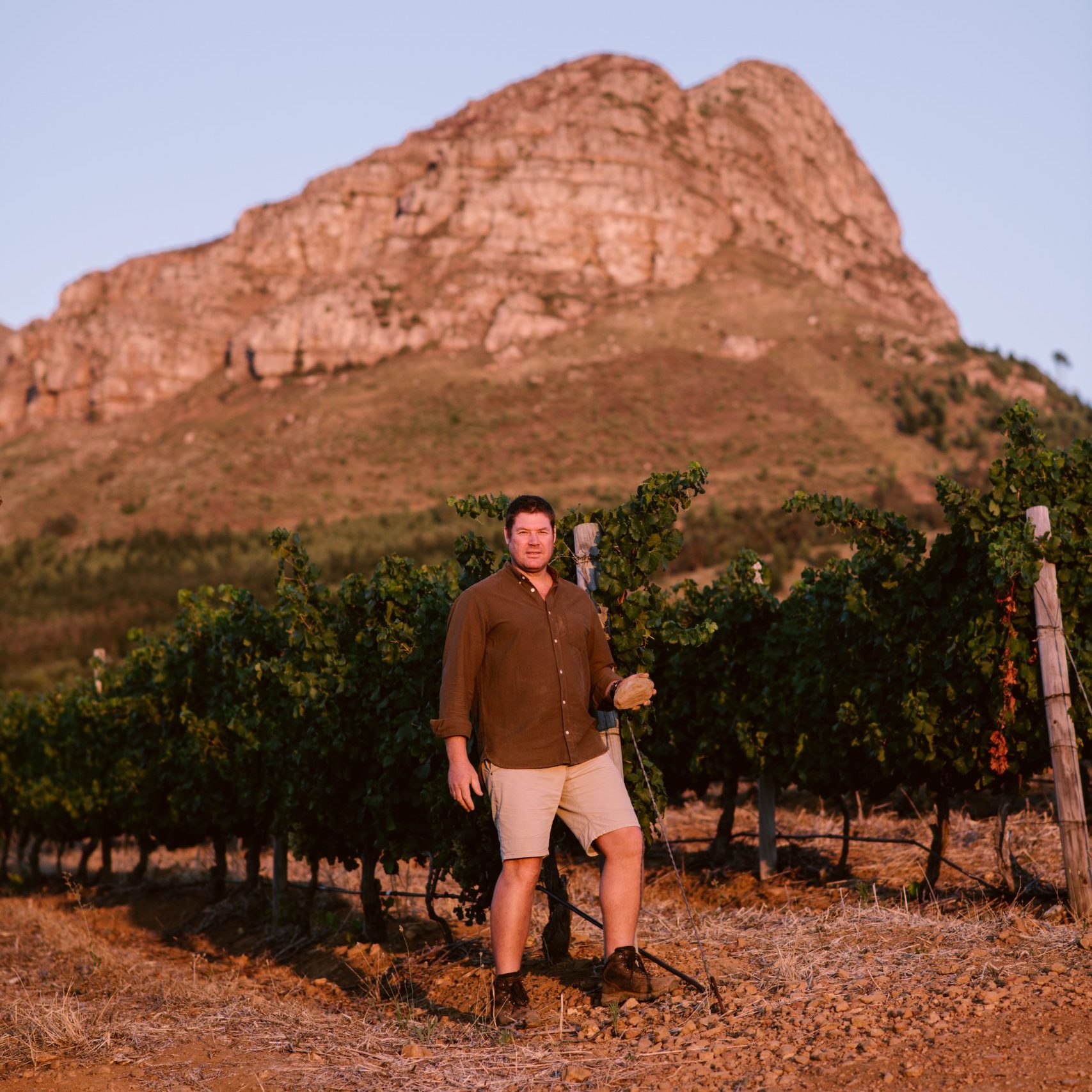What is boosting Cava’s potential in Japan?
By Eloise FeildenThe pairing potential between Japanese cuisine and Spain’s traditional method sparkling wine — as well as a surprising association with one semiaquatic mammal — are driving demand for Cava in Japan. Eloise Feilden reports.

Japan is Cava’s seventh biggest market, with 9.7 million bottles exported to Japan in 2023. The country’s thirst for sparkling wines is strong, and traditional method wines pair particularly well with Japanese cuisine.
“Sparkling wines, including Cava, have become increasingly popular in Japan, especially among younger generations and women,” says Sergio Fuster, CEO of Raventós Codorníu.
Japan is Codorníu’s fourth largest market by volume, and fifth by value. The company, DO Cava’s second biggest producer, is confident that demand will continue to grow.
Partner Content
“This offers a significant opportunity for Codorníu to tap into a growing market that values bubbles for both everyday enjoyment and special occasions,” Fuster says.
He argues that the versatility of Cava pairs well with traditional Japanese dishes like sushi and tempura, as well as contemporary fusion food. “This adaptability presents Codorníu with opportunities to market its Cavas as a perfect pairing for both traditional and modern Japanese dishes,” he says.
David Piera, sales director and export manager at Roger Goulart, says there’s one other reason why Cava does particularly well in Japan: the name. The Spanish pronunciation of the word ‘Cava’, he argues, is similar to the Japanese word Kaba (カバ), meaning hippopotamus.
The amusing association, as well as Cava’s easy pronunciation in Japanese, has boosted sales in the country, Piera explains. Roger Goulart has been exporting Cava to Japan since 1996, and the country is its biggest export market.
Related news
Q&A: the London bartender taking pointers from Asia's top bars
South Australia wine exports to China reach post-tariff high
Will white wine be central to Burgundy's future success in Asia?




